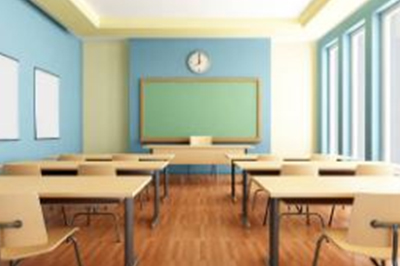Sustainability & Interior Design
Sustainability & Interior Design
Flexibility & Movability (S.FM)
The relationship between flexible classroom spaces and furniture, as a sustainable designing element, on sustainable school buildings.
From the supporting literature (linked), a flexible design is a cost-effective solution that is also an effective pedagogical space.
Students Performance & Safety (S.PS)
Providing sustainable interior materials that influences student’s performance and safety.
From the supporting literature (linked), providing sustainable school buildings through using flexible classrooms, progressing technologies, and sustainable interior materials will influence students behavior, movement, and safety is discussed.
References
1. Earthman, G. I., and Lemasters, L. K. (1997). “Can Research Findings Help School Systems Obtain the Most Bang for the Construction Bucks?” Council of Educational Facility Planners Annual Meeting, Education Resources Information Center (ERIC), U.S. Department of Education, Pheonix, AZ, 43.
2. Filardo, M. (2016). State of Our Schools: America’s K–12 Facilities 2016. Washington, DC: 21st Century School Fund.
3. Lumpkin, R. B., Goodwin Jr., R. T., Hope, W. C., and Lutfi, G. (2014). “Code Compliant School Buildings Boost Student Achievement.” SAGE Open, 1-8.
4. Miller-Cochran, S., and Gierdowski, D. (2013). “Making Peace with the Rising Costs of Writing Technologies: Flexible Classroom Design as a Sustainable Solution.” ELSEVIER, 30(1), 50-60.
5. Tanner, C. K. (2014). Green School Characteristics, Sustainability, and Student Learning. Marketing the Green School: Form, Function, and the Future: Form, Function, and the Future, 25.






